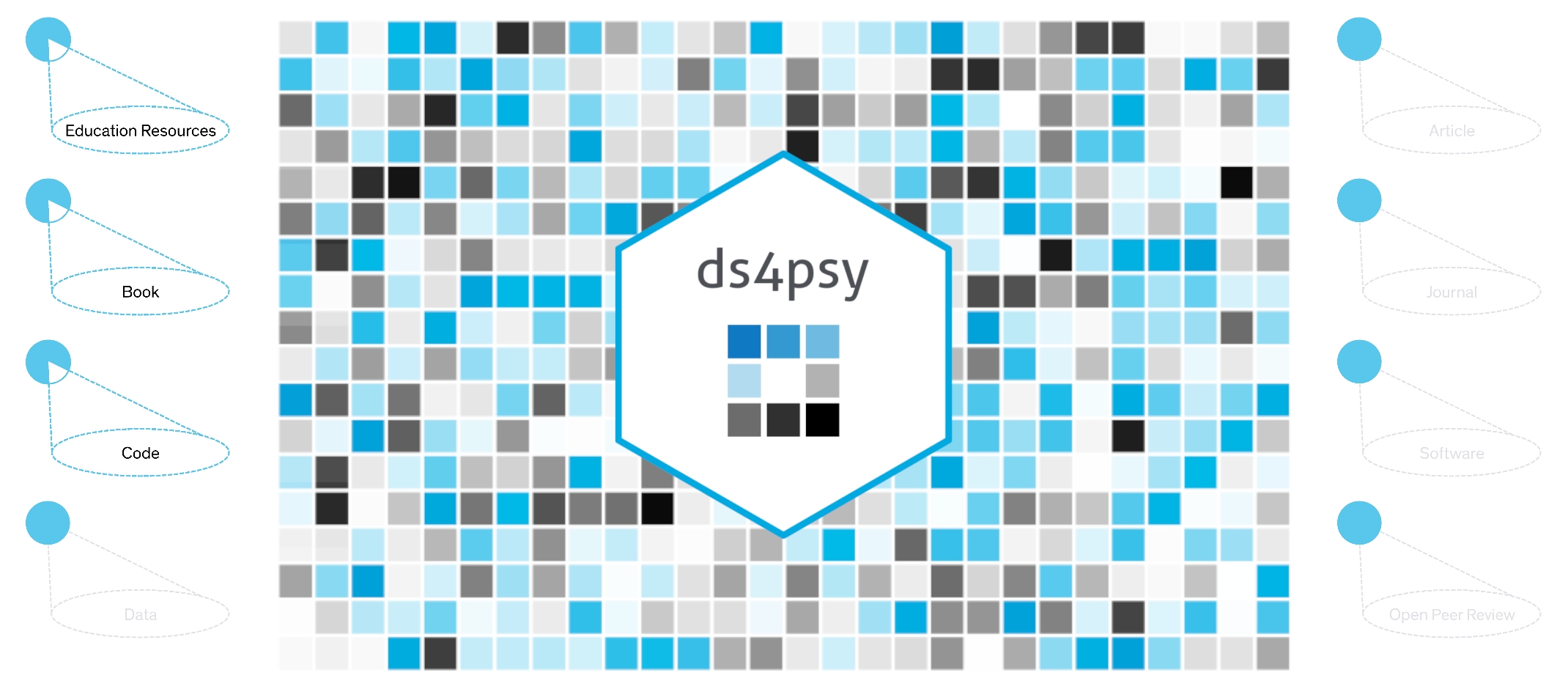Bringing order to chaotic data

If you study statistics in university courses or on your own, you usually don't have to worry about preparing data for analysis. Instead, suitable data is usually prepared and provided for the relevant exercises. This is why it can be all the more disillusioning when you first try to apply what you have learned in your own research. Real-world data is often anything but "neat and tidy" and needs to be cleaned and structured before it can be used for analysis.
In his open access book "Data Science for Psychologists", Hansjörg Neth shows how to use the free programming language R to structure data for answering research questions. With numerous examples, Neth explains strategies and tools for restructuring, summarizing and visualizing a wide variety of data and data types. The book is not just for psychologists learning the ropes of data science, and it is accompanied by its own R package (ds4psy) that includes the data sets and functions used in the examples.
The textbook "Data Science for Psychologists" is available open access on Bookdown.org.
The R package "ds4psy" (doi: 10.5281/zenodo.7229812) with the example data sets and functions used in the book is available for free download from CRAN or the author's Github page.

